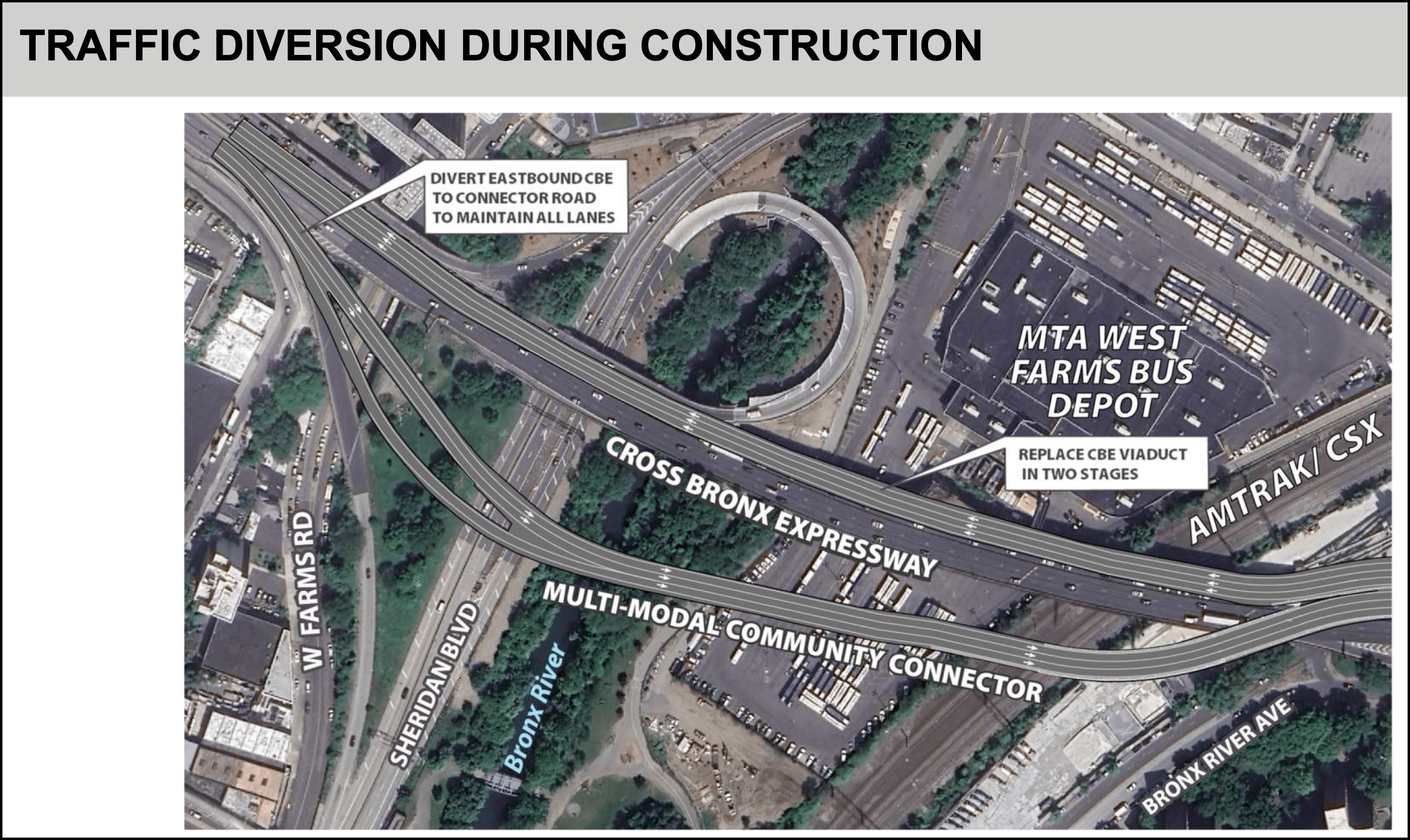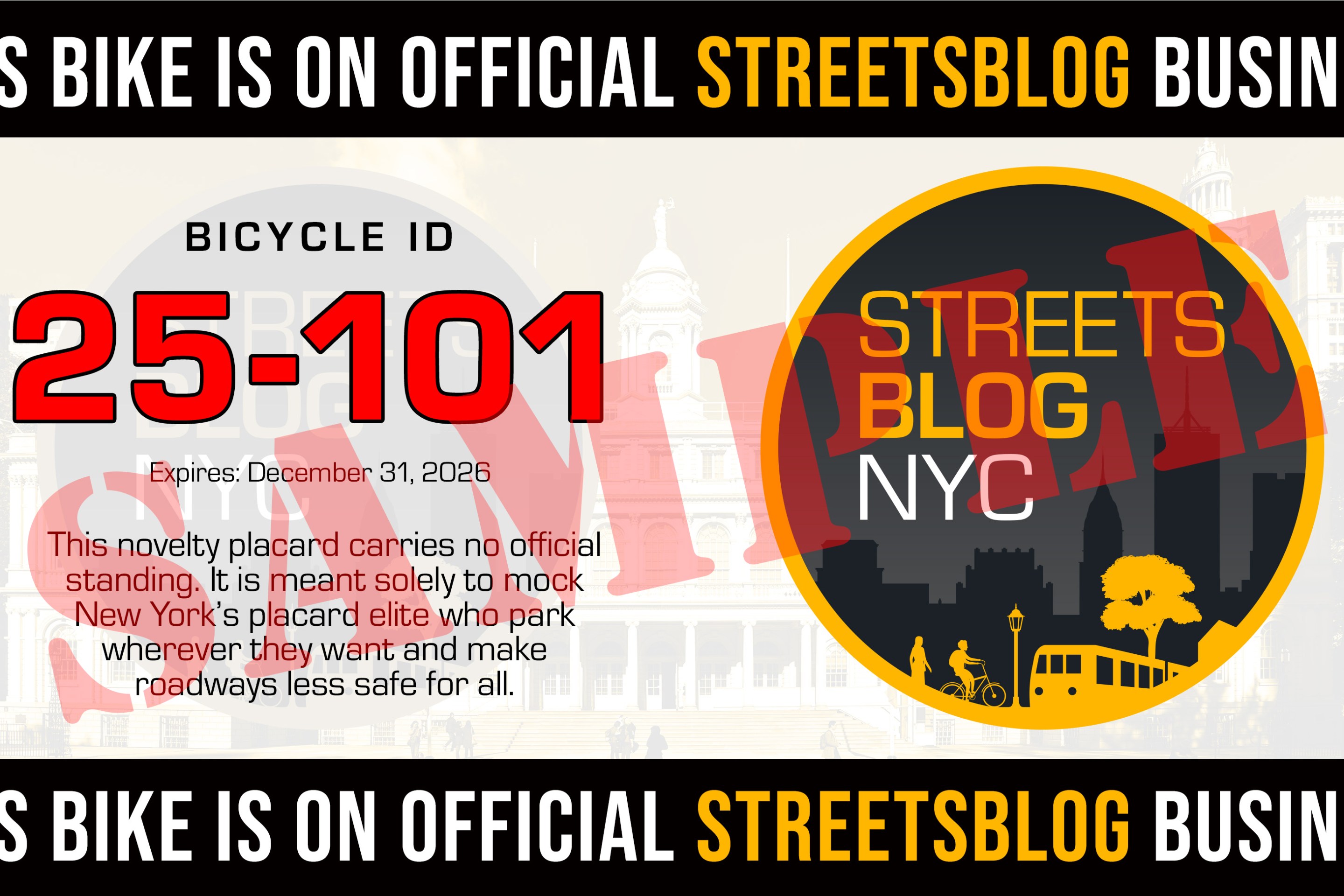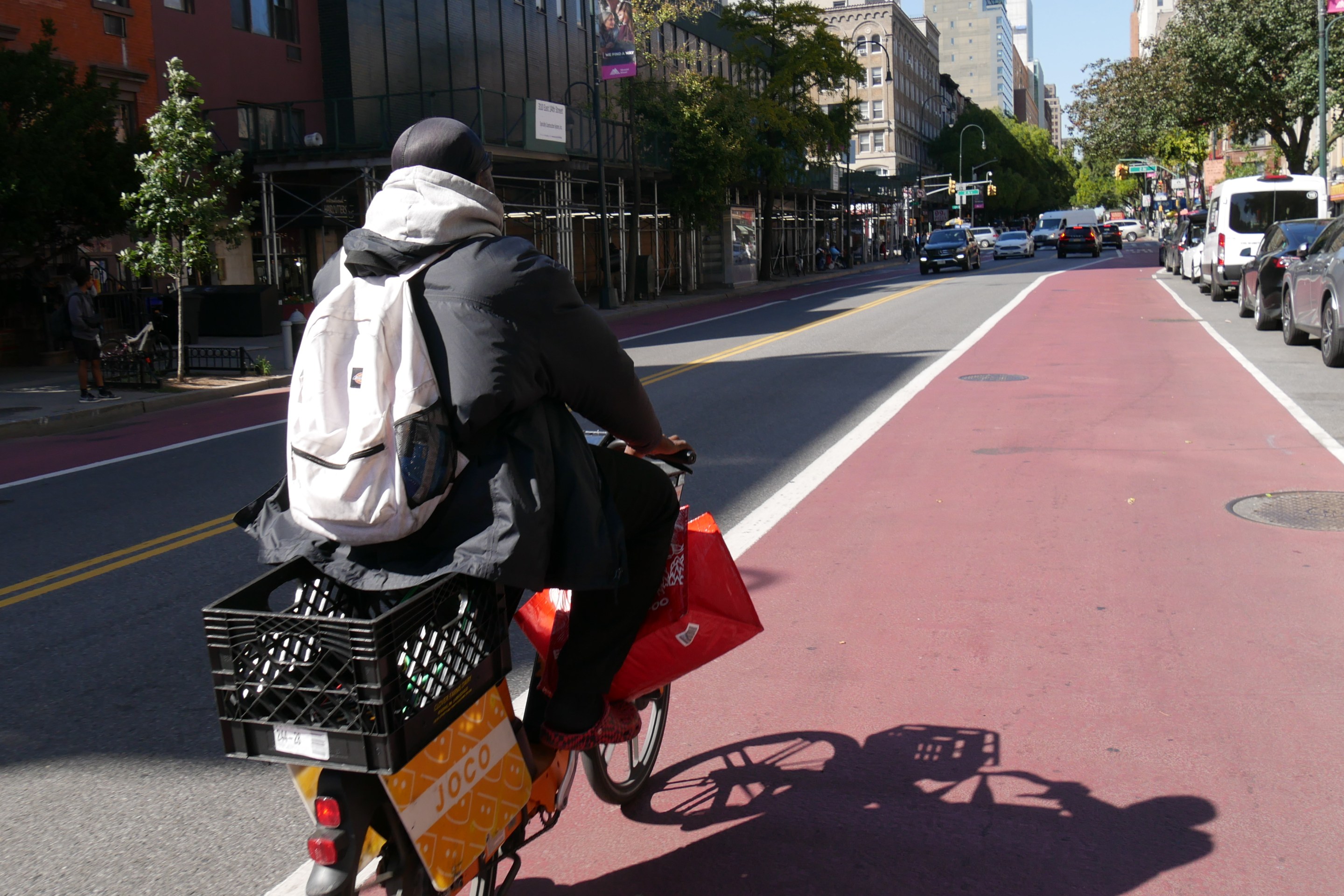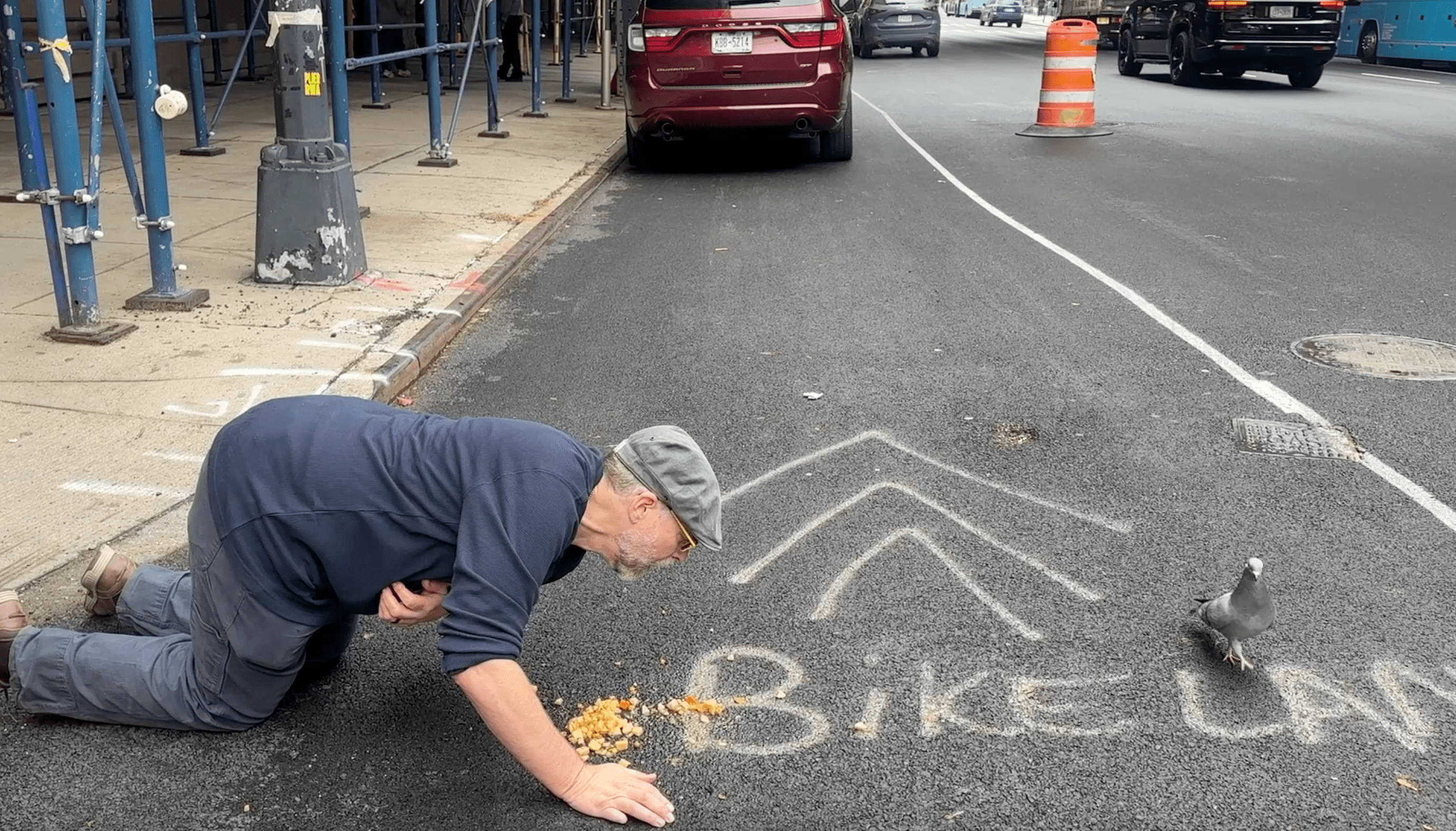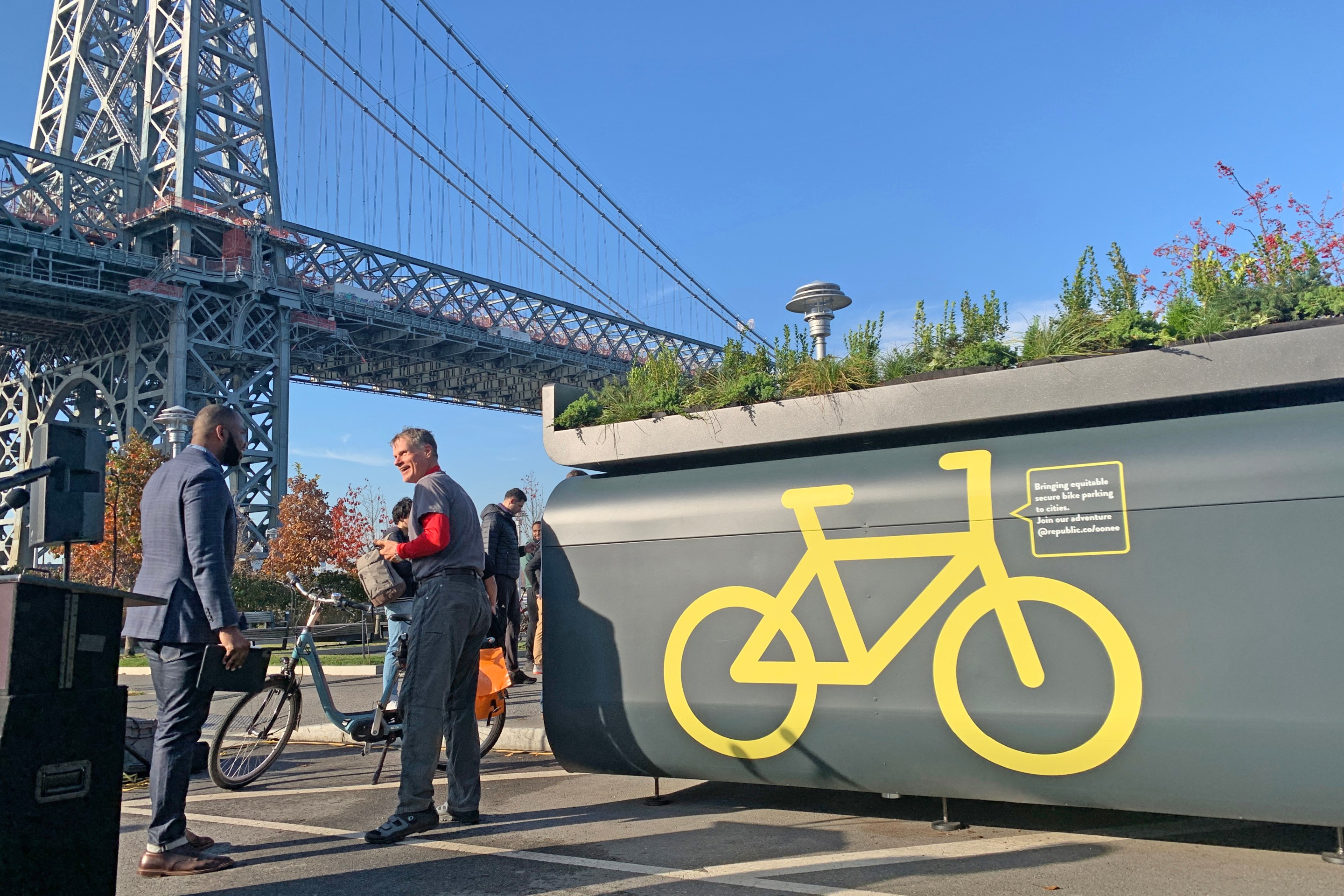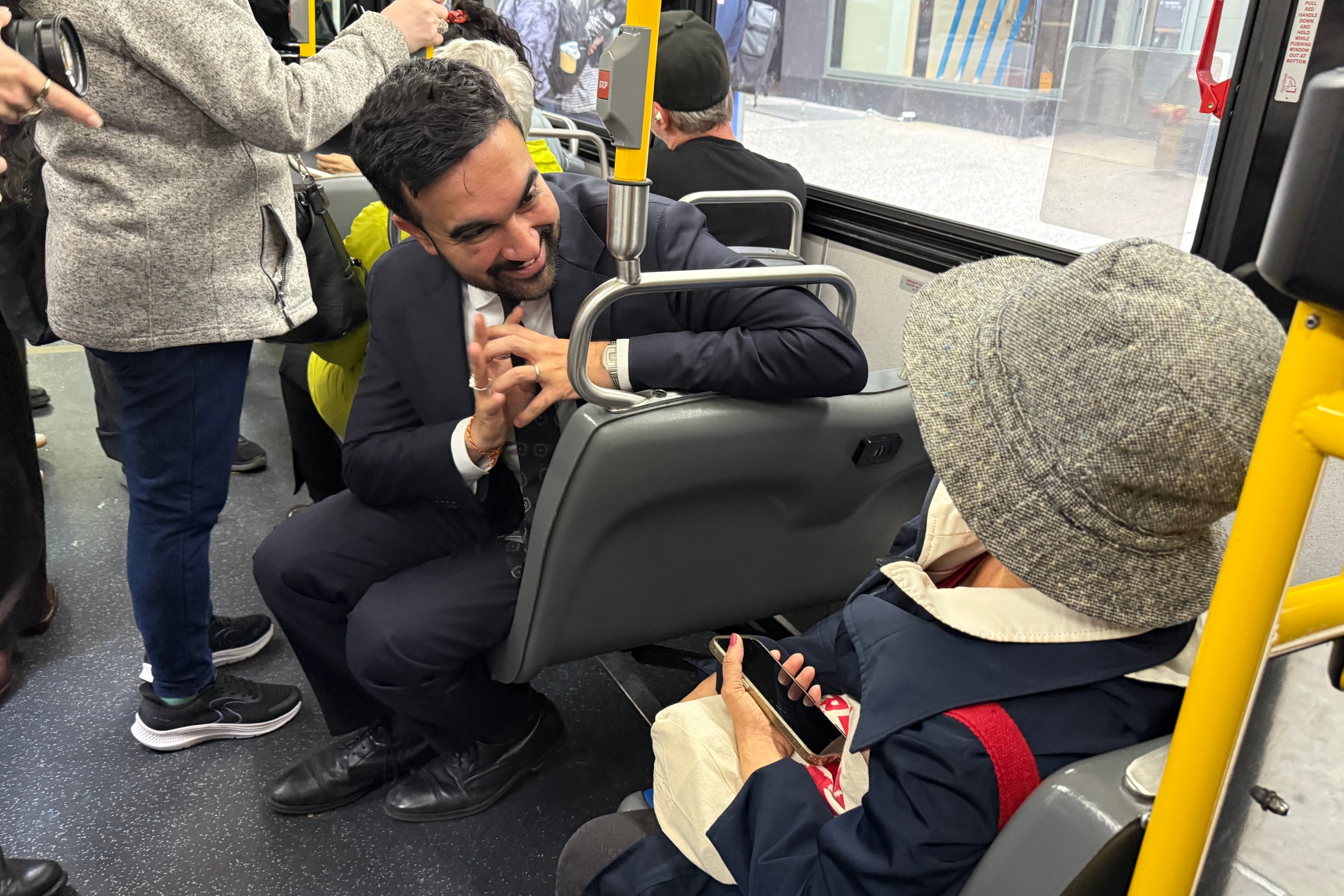New York won't turn a temporary bypass next to the Cross Bronx Expressway into a permanent highway, and might instead convert the overpass into a bike and pedestrian path after a reconstruction project wraps, or ditch the extra roadway altogether, the state Department of Transportation said last week.
New York State DOT's reversal came after heavy pushback from lawmakers and locals, who slammed Gov. Hochul for planning to add even more highway to the traffic-plagued Bronx. Advocates now hope the state will go further and opt not to build an environmentally-detrimental parallel structure at all.
"I think it’s a step in the right direction," said Edmundo Martinez, a nearby resident and volunteer with the Bronx River Alliance. "I don’t think communities should be celebrating this in any shape or form, because this is still going to be a diversion structure."
State DOT is gearing up to rebuild five bridges along the Cross Bronx between Boston Road and Rosedale Avenue. Officials want to build the variously labeled "traffic diversion structure" or "community connector" to carry tens of thousands of cars and trucks during the $890-million reconstruction.
Opposition to the project earned a boost as the subject of the New York Times' penultimate "Big City" column by Ginia Bellafante last week.
Days later, state DOT Commissioner Marie Therese Dominguez said the agency would ditch two options, dubbed 1A and 1B, that would have kept the temporary overpass open to motor vehicle traffic even after the project is completed in around four years. Dominguez pledged to either limit the overpass to people on foot or bike, or advance the rehab without the structure altogether.
"The public has spoken, and we are listening," Dominguez said in a press release quietly posted on her agency's website on Thursday.
"Based on our public outreach efforts, it has become crystal clear that Options 1A and 1B do not have community support, so we are not advancing them."
But the professed shift still leaves the door open to building the highway structure, temporarily or not, and dropping its shadowy overpass, cars and trucks on the South Bronx, Starlight Park and the Bronx River.
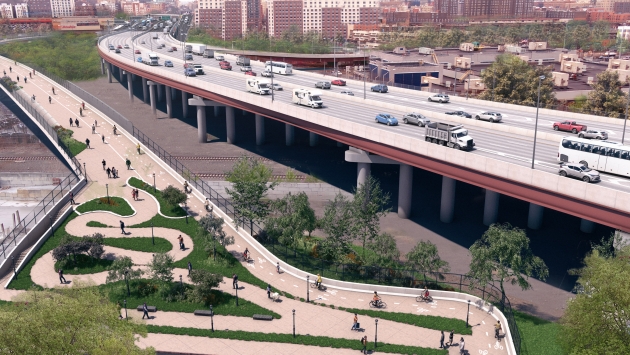
Alternatively, state DOT could rebuild the Cross Bronx bridges without the diverter entirely by closing off sections of the roadway during construction hours. The agency argues that doing would take six years instead of four — and inconvenience motorists.
Advocates urged Gov. Hochul not to double down on Robert Moses's car-first mistakes of the past, and think differently about the roadway — especially during a multi-agency initiative to "reimagine" the highway.
"Adding another roadway – temporary or not – is not the solution," said Daniel Ranells, the director of operations and programs at the Bronx River Alliance.
"Keep within their footprint. They’re already expanding the main roadway and we want them to be more forward thinking, given the whole investment by the state and the city and the Reimagine the Cross Bronx process."
In its statement, state DOT explicitly denied advocates' worst fears, arguing, "This project is not an expansion of the highway" because it doesn't add new travel lanes to the Cross Bronx. But the roadway will be wider, because state DOT does plan to add shoulders to bring the 1940s structure up to modern safety standards.
"The fact that they’re still going to expand the actual footprint of the Cross Bronx Expressway, and not really taking ownership that it’s an expansion project," Martinez said. "I don’t think it’s addressing our true concerns around the entire project."
DOT plans to release a draft environmental assessment before the end of the summer, including more details about the potential traffic impacts of each option.
Widening highways is known to induce more traffic because traffic can move faster when roadways are modernized, even if the number of paths remains the same, experts have warned.
